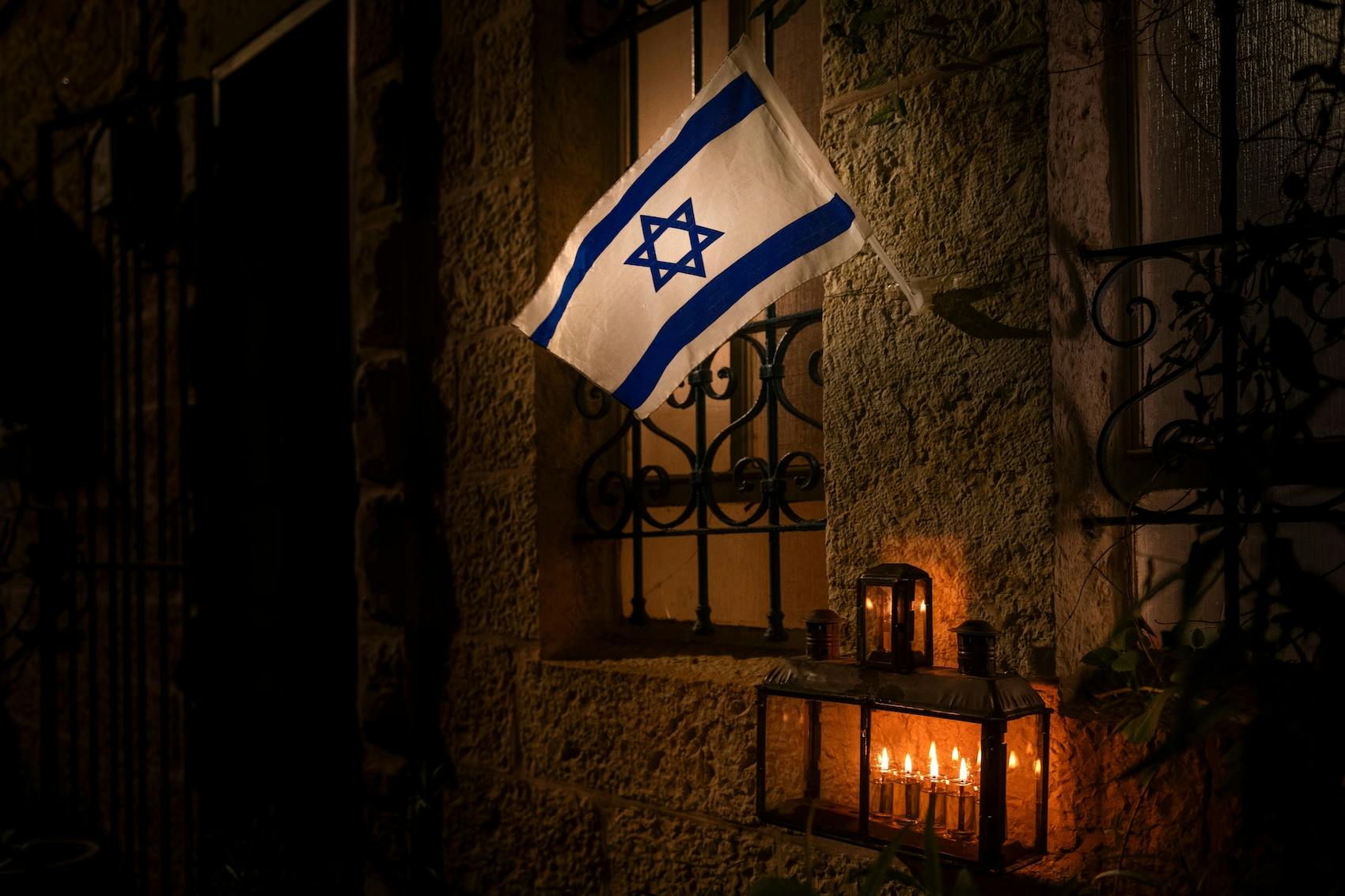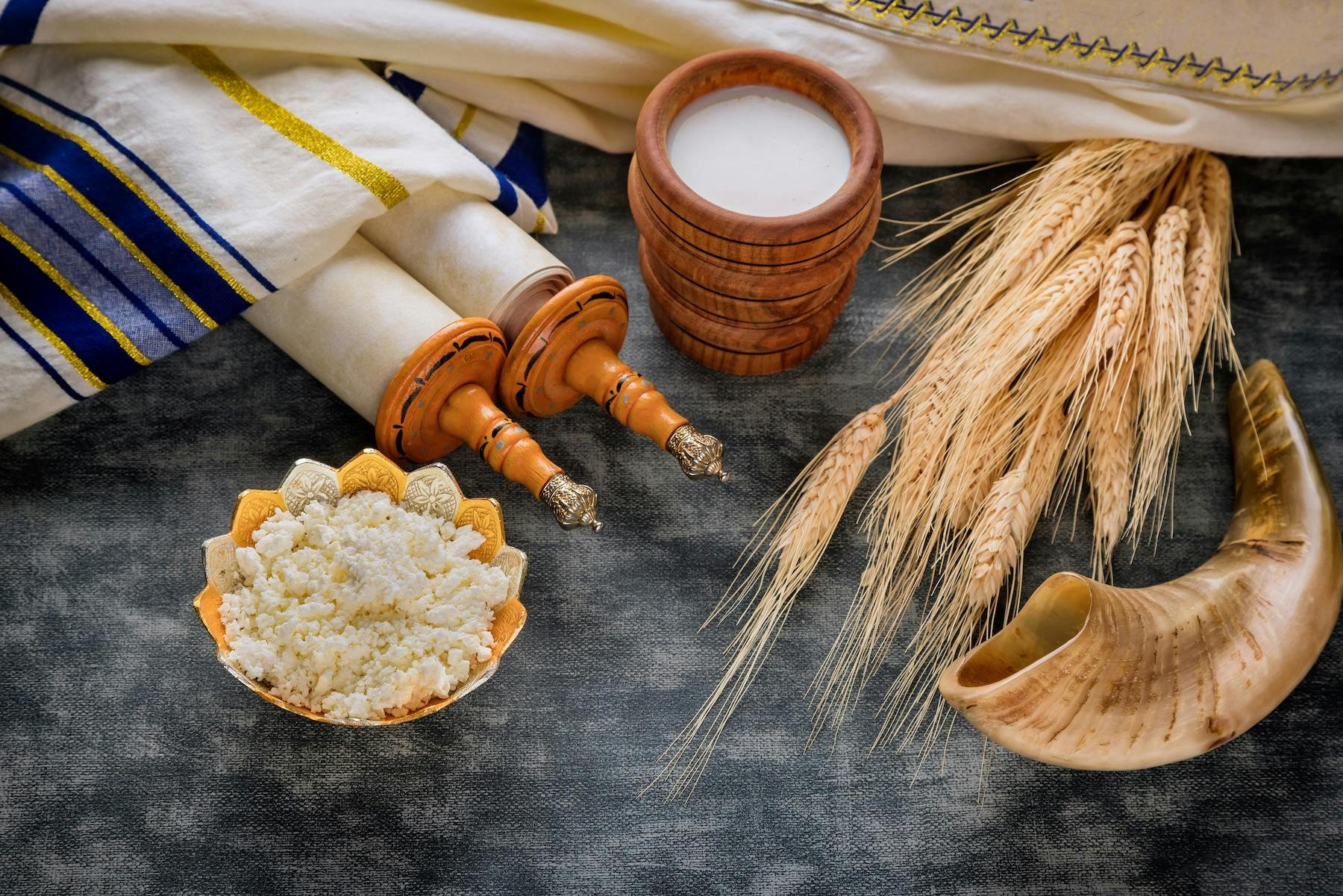Cleanse out the old leaven that you may be a new lump, as you really are unleavened. For Messiah, our Passover Lamb, has been sacrificed.
1 Corinthians 5:7
The Meaning of Passover
This year, Passover falls on the eve of March 27th. It is the one Old Testament feast that perhaps most particularly points to Yeshua. This is the feast of Redemption and we celebrate it for 7 days. Yeshua is our redemption. He redeemed us out of a life of bondage to sin and brought us into freedom in Him. It was also the evening of Passover that Yeshua had His last supper, the Passover Seder, with His disciples and that was the night He was betrayed.
When the hour had come, He sat down, and the twelve apostles with Him. Then He said to them, “With fervent desire I have desired to eat this Passover with you before I suffer; for I say to you, I will no longer eat of it until it is fulfilled in the kingdom of God.” - Luke 22:14 – 16
On the very first Passover, God commanded the children of Israel:
“This day is to be a memorial for you. You are to keep it as a feast to Adonai. Throughout your generations you are to keep it as an eternal ordinance. For seven days you are to eat matzot, but on the first day you must remove hametz from your houses...” - Exodus 12:14-15a
As Pharaoh approached, the Israelites looked up, and there were the Egyptians, marching after them. They were terrified and cried out to the Lord...
Moses answered the people, “Do not be afraid. Stand firm and you will see the deliverance the Lord will bring you today. The Egyptians you see today you will never see again. The Lord will fight for you; you need only to be still.” - Exodus 14:10, 13 – 14
The Traditions of Passover
On the morning of Passover eve, all the leavened food items are burned in a ceremony called “Bi’ur Chametz.” Leavened food (chametz) is considered a corrupting influence—a hidden uncleanness that manipulates purer elements and sin. Spiritual leaven is like an evil impulse within us that corrupts and sours our soul. We must put it away from us and sanctify ourselves.
Get rid of the old chametz, so you may be a new batch, just as you are unleavened—for Messiah, our Passover Lamb, has been sacrificed. Therefore let us celebrate the feast not with old chametz, the chametz of malice and wickedness, but with unleavened bread—the matzah of sincerity and truth. - 1 Cor. 5:7-8
The Steps of the Seder
The Seder is the centerpiece of any Passover experience. A Seder is a festive meal that takes place on the first night of the holiday. Family and friends join together to celebrate. The word Seder means “order,” and the Passover seder has 15 separate steps in its traditional order. During the Seder, we read the Passover Haggadah, which guides us through those steps.
1. Kadeish: Sanctification
A blessing is recited over wine in honor of the holiday. When the seder falls on a Friday night, this version of the Kiddush is recited for Passover and Shabbat. When the seder falls on a Saturday night, as it does this year, we continue with a special version of Havdalah. The wine is then drunk. A second cup is then poured (but not yet drunk).
2. Ur'chatz: Washing
Participants wash their hands without a blessing in preparation for eating the Karpas.
3. Karpas: Vegetable
A vegetable (usually parsley) is dipped in saltwater and eaten to remind us of the tears that the people of Israel shed when they were slaves in Egypt.
4. Yachatz: Breaking
The middle of the three matzot on the table is broken into two pieces. The smaller part is returned to the pile, the larger one is set aside for the afikoman, wrapped in a cloth napkin, and hidden until later in the Seder (see below).
5. Magid: The Story
A retelling of the story of the Exodus from Egypt and the first Pesach. This begins with the youngest person asking The Four Questions, a set of questions about the proceedings designed to encourage participation in the seder.
6. Rachtzah: Washing
Participants wash their hands again, this time with a blessing, in preparation for eating the matzah.
7. Motzi: Blessing over Grain Products
HaMotzi is the blessing over the bread at the beginning of the meal. Since it's Passover, this blessing is recited over the matzah.
8. Matzah: Blessing over Matzah
A blessing specific to matzah is recited, and a bit of matzah is eaten.
9. Maror: Bitter Herbs
A blessing is recited over a bitter vegetable (usually raw horseradish mixed with grated beets; sometimes romaine lettuce), and it is eaten. This is a reminder of the bitterness of life as slaves.
10. Koreich: The Sandwich
The maror that fills the koreich sandwich is dipped into Charoset, a paste made of dates, nuts, and wine—whose consistency is reminiscent of the clay our ancestors used in Egypt to manufacture bricks.
11. Shulchan Oreich: Dinner
A festive meal is eaten. There is no particular requirement regarding what to eat at this meal (except, of course, that chametz cannot be eaten). Often, the meal begins by eating a hard-boiled egg, which is a symbol of mourning, in remembrance of the destruction of the Temple in Jerusalem.
12. Tzafun: The Afikoman
The piece of matzah set aside earlier is eaten as “dessert,” the last food of the meal. Different families have different traditions relating to the afikoman. Most commonly, the adults hide it and the children have to look for it. The child who finds it gets a prize or monetary gift. Some families have the children hide it, while the parents have to either find it or ransom it back.
13. Barech: Grace after Meals
The third and fourth cups of wine are poured, and Birkat HaMazon (Grace) is recited.
14. Hallel: Praises
The standard group of psalms that make up a full Hallel is recited at this point. A blessing is recited over the last cup of wine and it is drunk.
15. Nirtzah: Closing
A simple statement that the seder has been completed, with a wish that next year, we may celebrate Pesach in Jerusalem (i.e., that the Messiah will come within the next year). The closing may be followed by various traditional songs, hymns, and stories. Friends, in these unprecedented times, let us remember that nothing we face is too big for God. While we celebrate this Passover, and soon the resurrection of our Lord, let us throw out the old leaven of doubt and fear—and replace it with the “new lump” of joyful faith in God.





